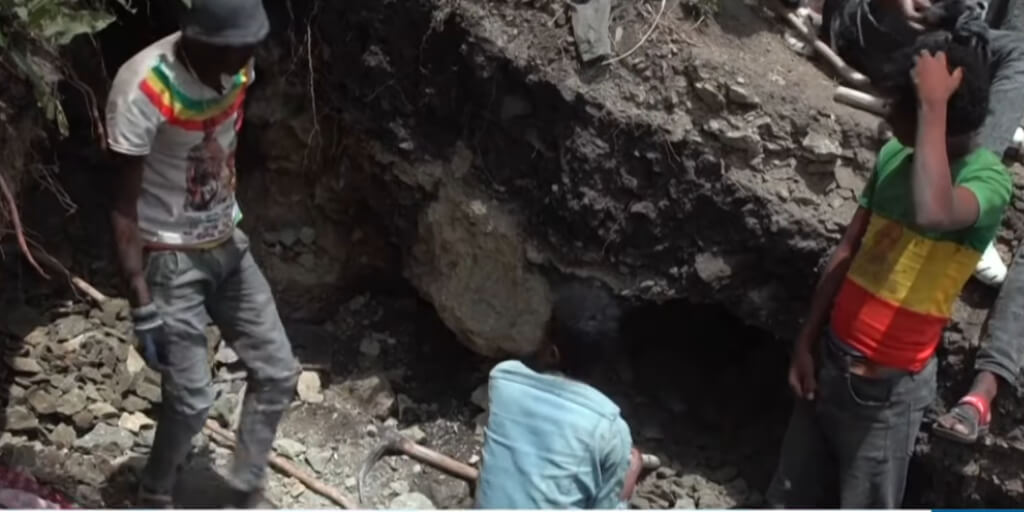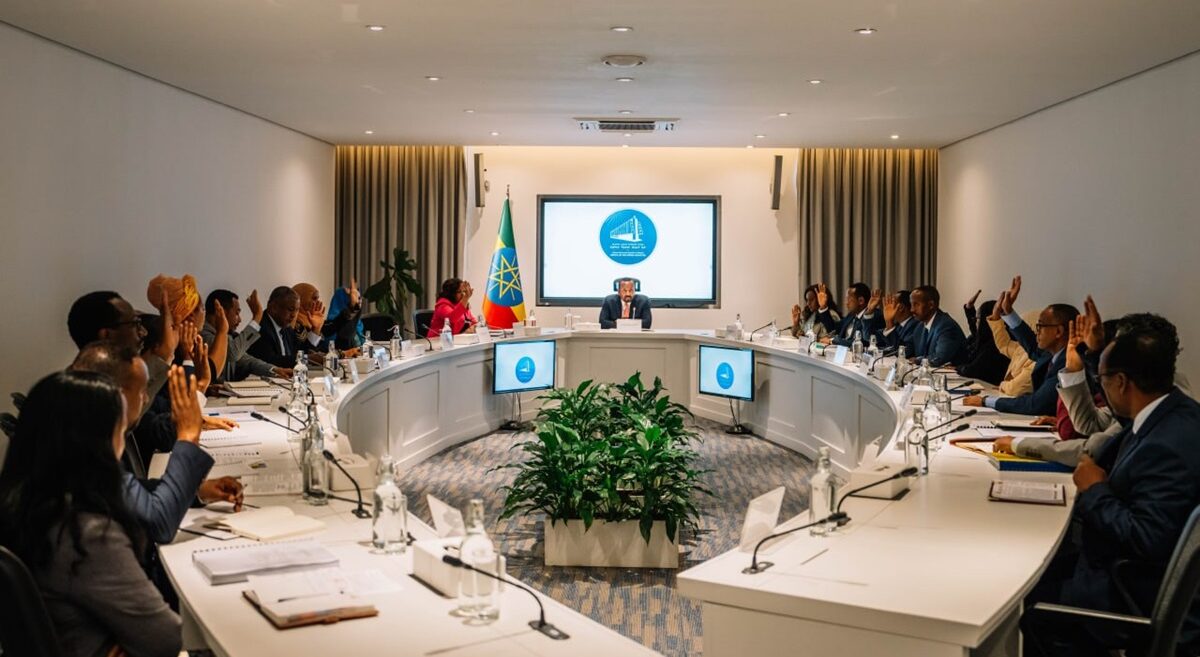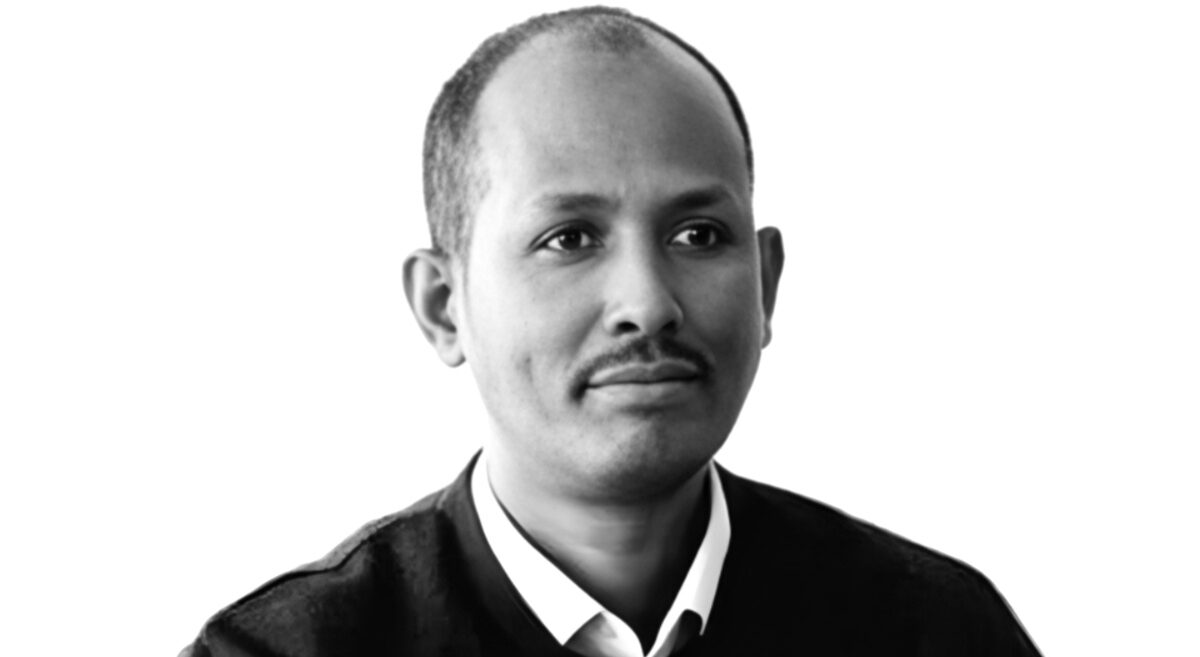An Oromo dilemma: The national question and democratic transition
Ezekiel Gebissa, Special to Addis Standard
In his ground breaking study, An American Dilemma: The Negro Problem and Modern Democracy, the Swedish Nobel-laureate economist Gunnar Myrdal described America’s race problem as a vicious cycle in which whites oppressed blacks and then blamed their alleged poor performance as the reason for their oppression. The way to break this cycle, Myrdal suggested, was to disprove whites’ preconceived notions by extending to blacks the promise of the “American creed.” Once African-Americans started to demand that the principles of liberty, equality, justice and fair treatment of all citizens inherent in the US Constitution be extended to them, change started to occur. Myrdal himself was surprised at the speed with which the rampart of discrimination began to crumble, beginning with the Supreme Court outlawing of school segregation in 1954.
The Oromo national movement currently faces a similar dilemma. Is the Constitution of the Federal Democratic Republic of Ethiopia (EPRDF) an instrument that can be used for pursuing the right of self-determination or a feeble document that should belong to the dust bin of history? Some Oromo leaders assert the “Wayane constitution” should not be given any credence of authority as a legal instrument. Others, such as Tsegaye Ararssa of the University of Melbourne argue that the constitution should be treated as a basis for “engaging our opponents on their own terms just as African-Americans did in their own struggle against racism.”
To be sure, there is a clear justification and an emotional satisfaction in condemning a constitution that has thus far been used by the ruling party as an instrument for perpetrating crimes against the political opposition. However, it sounds conceptually dissonant to defend the Oromo Protests of 2014-16 as “constitutional” while cavalierly dismissing the very basis of their constitutionality. In insisting that constitutional rights and the federal arrangement be respected, Oromo protesters became defenders of the constitution against a government that with impunity violated the political, economic, and equality rights that are formally protected in that document.
In this article, following Tsegaye, I argue that the art of politics for the Oromo at this point is foregoing the emotional satisfaction of calling for a grand military victory over the “Wayane” and accepting instead specific measures that are likely to produce tangible and lasting results.
There are compelling reasons for this. At no other time in Ethiopia’s political history has a nonviolent transition to democracy been more desirable and achievable. Additionally, at no other time in the past have Ethiopians viewed the Oromo as a force for democratizing the Ethiopian empire-state. The vicious cycle of uprooting an old system and replacing it with an “ideal” system has only produced abstract benefits and tangible harm for the Oromo and other Ethiopians. The Oromo Protests have unambiguously demonstrated that the nonviolent method is the more effective means for ushering in a democratic polity. Finally, the central demand of the Oromo national movement as articulated in the political program of the Oromo Liberation Front (OLF) was achieved when the right to self-determination became part of the 1995 Ethiopian Constitution. For Oromo nationalists, therefore, the FDRE Constitution, with all its shortcomings, can and should be deployed as an instrument that confers legality on the historic and yet unfulfilled demands of the Oromo and others. Not to use it would amount to disavowing one’s own victory.
Graduated victories
Since the early twentieth century, the Oromo have been regarded by those who hold power in Ethiopia as a negative force that must be politically excluded, marginalized and sequestered away from that center of power. This political modus operandus came into effect in 1916 when a palace putsch removed Lij Iyasu from the Ethiopian throne. To be sure, the young prince’s actions, incorporating the people of the periphery and introducing reform measures designed to overcome the legacies of repression, exploitation, and religious conflicts created by Menelik’s conquests, were quite visionary and progressive for the time. However, the elite of the political center could not fathom the scion of a Muslim Oromo from Wallo sitting on the throne of the Semitic-Christian Empire. By removing Iyasu, the ruling class instituted a ruling pattern of exclusion and marginalization of the Oromo and Muslims from the political center. Incidentally, this time was when ethnic politics was introduced to the political arena, not 1991, as is widely perceived.
One of the conspirators, Tafari Mekonnen, used the opportunity of Iyasu’s ouster to inaugurate an era of an absolutist regime in which ultimate power was concentrated in his hands. Under the imperial regime (r.1930-74) more Oromo land was confiscated and transferred to private holding, Afaan Oromo was denigrated and effectively banished from the public sphere, and the promotion of self-rule was rendered a treasonable crime. The regime emphasized assimilation of the Oromo and eliminated the remaining pockets of local autonomy that even Menelik had tolerated. This modus operadus of marginalization and domination was unleashed full force against the Oromo under the imperial regime. The repression helped to stimulate the creation of the Matcha Tulama Association, the OLF and the Bale Rebellion.
The 1974 revolution implemented measures that dealt a mortal blow to the economic base of the infrastructure of marginalization and domination. The Land Reform Act of 1975, written essentially by Oromo intellectuals, among others, in effect, “liberated” Oromo tenants from the oppressive grip of settler-landlords; and the use of Afaan Oromoo in the media, in addition to recognition of Muslim holidays as national, chipped away at the most potent assimilationist vehicle for Amhara cultural domination.
After 1978 the policies of the earlier phase were replaced by measures that directly aimed at combating Oromo nationalism, beginning with villagization in Harege, resettlement projects in Western Oromia, imprisonment and persecution of Oromo intellectuals and military deployment in areas where Oromo guerrillas operated. In a way, the actions of the Derg regime ended up bolstering the OLF’s armed struggle against it.
The collapse of the Derg regime in 1991 coincided with a maturation of the Oromo national struggle. The Oromo question, long disregarded as an inconsequential and meaningless cause in Ethiopia, entered into the international arena. The representatives of Oromo organizations fought for and literally put Oromia on the map, liberated the Oromo language from the shackles of the Geez alphabet, and elevated the issue of the right to self-determination to such prominence that its rejection as a constitutional provision was not an option. It is incontrovertible that Oromo nationalists have influenced the political process that led to the drafting of the current Ethiopian constitution. The question at this time is whether this constitution should be rejected or should be embraced and deployed as a political instrument.
An Oromo dilemma
In the current political dispensation, when politics is organized along ethnic lines, the Oromo have two dilemmas. The first is their awkward positioning in the body politic. Historically, the Amhara and Tigray elites have taken turns to dominate the political and economic center. Only these groups have been presumed to be legitimate contenders and holders of power at the center. It appears that the international community has accepted this presumption, too. The smaller nationalities of the physical and political periphery are often assumed to be co-opted by the winning side.
The Oromo do not fit this scheme. They are too large a nation to be co-opted as are the smaller nationalities. They are also too large to contend for power with the larger nations without imposing a specter of utter domination simply because of their demographic size. For both the Amhara and Tigrayan elites, keeping the Oromo out of this space and out of contention for power has been their shared goal even when only one of them has achieved supremacy. The smaller nationalities also dread the political center being turned over to the Oromo out of fear that the Oromo will overwhelm them politically. Their strategy has been to temporize in tumultuous times and side with the winner of the political contest. Not fitting into this scheme, the Oromo always lived in a subliminal political status within Ethiopia.
The second dilemma concerns the Oromo positioning vis-à-vis the political center and periphery. In the current situation the Tigrayan elite don’t project themselves as the dominant group. Their political posture is that of a “champion” of the oppressed nationalities, the agent of change that actually resolved the nationalities’ question through a liberal democratic constitution and a federal arrangement. They claim the following: that only the Tigrayans can at the same time dominate the center while acting on behalf of the periphery; that the Amhara elite cannot reasonably occupy the political periphery as oppressed and excluded group; that the Oromo cannot occupy the center because their demographic status intimidates all the other nations and nationalities.
But the Oromo cannot be treated as one of the smaller nationalities of the political periphery because they are viewed by the smaller nations as already co-opted into the center, this by virtue of the fact that they have occupied the geographic center historically.
Until they resolve their political positioning in the Ethiopian body politic, the Oromo will therefore continue to be in the ambiguous limbo of not being either integrated into the center or effectively relegated into the periphery. Meanwhile the increasing harsh attempts by the center to keep the Oromo relegated to the periphery are failing and causing a crisis of the state. From the Oromo perspective, the solution is now apparent in the discourse that is already underway among the Oromo. This relates to the discourse that is based in history and being promoted aggressively to push back on the notion that the Oromo are ‘newcomers’ or ‘outsiders’ to Ethiopia. This is now a prevalent discourse that the Oromo are Cushites who have lived in the Horn of Africa region since time immemorial. This has profound political implications as it nullifies the insidious narrative of the past that has so far been used by dominant groups to keep the Oromo on the political periphery.
The peripheralization of the Oromo has not been entirely the work of the Abyssinian elite. Oromo nationalists have tended to claim the political periphery in order to stress the narrative of their historical conquest and subsequent subjugation. Without denying that history, it is also historically accurate and politically sensible that the Oromo reach back and embrace their demographic positioning as a nation surrounded by Cushitic-speaking peoples: the Afar, Somali, Sidama, Gedeo, Konso, Hadiya, Kambata, Agaw and many more. I argue that the Oromo must reject the political project that relegates them to the periphery and instead step into and claim their position as a major actor in the political center. That will mean the Oromo make common cause with Ethiopian Cushites and act a unifier with all Ethiopians in their common aspirations for genuine democratization, sustainable development and sustained peace, and human rights for all citizens in a new Ethiopia.
I recognize some will say that this proposition is not a new proposal. I agree. It is a position long held by the OLF, but for some reason has in time drifted into oblivion. In a testimony of April 8, 1992 before the US House of Representatives Foreign Affairs Subcommittee on Africa, Taha A. Abdi, member of the OLF Central Committee, asserted that the fall of the Derg created “an opportunity to democratize, transform and create a new Ethiopia in which the equal enjoyment of civil, economic and political rights of all the people are assured, where freedom of expression and religion are guaranteed and above all in which the supremacy of the rule of law will be established. … There is no alternative to the democratization of Ethiopia.” Leenco Lata, former deputy secretary general of the OLF, has written a whole book explaining why democratization is the only viable recourse for both the Oromo and other peoples of Ethiopia. In The Ethiopian State at the Crossroads: Decolonization & Democratization or Disintegration he asserts that, without genuine democratization and federalization, the Ethiopian state cannot escape another round of bloodbath and likely disintegration.
This position is not a matter of politicians seeking expediency. In his “Ethiopia: Missed Opportunities for Peaceful Democratic Process,” Mohammed Hassen had stated: “As an optimist who believes in the unity of free people in a free country, I have an undying dream that one day the Oromo, the Amhara, and Tigrai, and other peoples of Ethiopia will be able to establish a democratic federal system. To me only a genuine federal arrangement offers a better prospect for the future of Ethiopia.” Mohammed also states that only democratization could transform the Ethiopian state from one dominated by one ethnic group into a state of all citizens.
In this regard, Oromo politicians and academics are not alone. John Markakis puts it in starkest terms when he argues that Ethiopia cannot survive as a state if the political center refuses to integrate the peripheries into the Ethiopian political economy. In Ethiopia: the Last Two Frontiers, he advocates democratization that reaches across the marginalization and peripheralization of the Oromo and other peoples of Ethiopia.
The issue here is that only the Oromo can cross both the political and physical frontiers to establish a genuine federal structure and thereby democratize Ethiopia. Failing to do so is to return to the backward-looking vision of the old center. As Markakis sums it up “return to … a centralized state under center control … can only be imposed on the periphery with greater exertion and force than ever. If this were to happen, it would condemn yet another generation of Ethiopians to authoritarian rule and civil strife …”
The Oromo should take a page from the experience of African-Americans and insist that the promises of the existing constitution be honored. This will make the Oromo question less esoteric and more in line with the internationally recognized demand for human rights. Some, as always, would state that the Ethiopian system would never allow the Oromo to become leaders. That is of course the point of this article. The Oromo shouldn’t wait until the Ethiopians will ‘let’ them into the corridors of power. They must use constitutional means to claim that access and gain that leadership.
ED’s Note: Ezekiel Gebissa is a Professor of History and African Studies at Kettering University in Flint, Michigan. He can be reached at egebissa@kettering.edu







